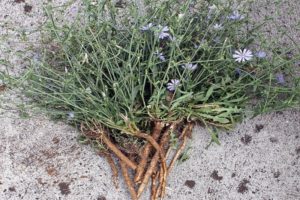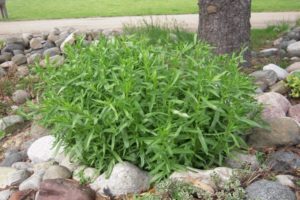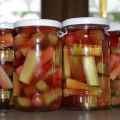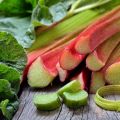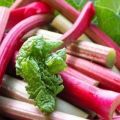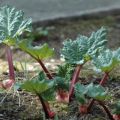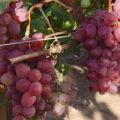The most popular varieties and types of rhubarb, differences and cultivation features
The amazing variety of cultivated rhubarb varieties allows almost anyone to choose the type to their taste. Fleshy, with a characteristic persistently sour taste, the stems are widely used in cooking: they are used to prepare compotes and jams, and are used for green soups. Varieties of varying degrees of ripening, with certain qualities, carrying many useful substances, are very attractive for growing in a personal plot or garden.
Description of rhubarb
Rhubarb has been known for a long time, it comes from China and Tibet, where it was originally used as a raw material for the preparation of medicines. Among the useful qualities of the plant are antipyretic properties, laxative and cleansing effects. For the first time about rhubarb is mentioned in manuscripts about 3000 BC; as a food product (not an ornamental plant) in Europe, it began to be used around the 18th century. It is easy to recognize rhubarb stems by fleshy cuttings and large, spreading leaves.

What types and varieties are there?
In total, about 30 different varieties of plants are known, the best varieties of rhubarb include:
- Canadian red;
- Cherry;
- Red crimson;
- MacDonald;
- Ruby Valentine;
- Victoria and others.

In general, all types are divided into cultural (for food) and decorative (used for decoration). Among the early ripening ones, stand out: Victoria, Altai Dawns, Zaryanka, Krupnochereshkovy, Moskovsky 42, Stubborn - all of them are created for the conditions of the Russian Federation and are grown wonderfully there.
For these species, a short growing season (up to 30 days) is noted; in Altai dawns, the petioles have excellent taste and weigh up to 120 grams each. Victoria is also an early and fruitful species, but her leaf growth is accompanied by the development of peduncles. The length of the petioles of Zaryanka is almost half a meter, the taste is with accentuated sweet and sour notes with a bright, almost cherry color.
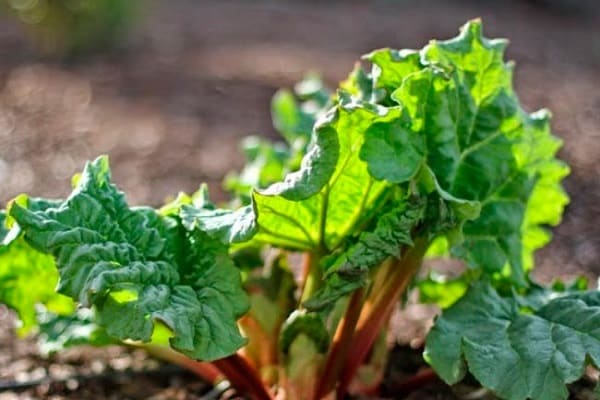
The Krupnochereshkovy variety, in addition to bringing the owners fleshy, thick stems up to 3 centimeters wide and 70 in length, is known for its frost resistance and high resistance to diseases of garden plants. Yielding and early Moskovsky 42 is easy to recognize by the slightly wavy shape of the leaves, thick and elongated petioles with a pale green pulp on the cut.
And at the Stubborn one you can see a high, spreading rosette and light, almost white, stems.
Important. Almost all varieties of rhubarb, including late ripening varieties, are distinguished by their high taste. And some are specially bred for making compotes or jam, as their name implies.

Victoria
The variety belongs to the early ripening category: the stems, at first red during the growth period, gradually darken at the base, reaching a length of 70 centimeters. Those who grew rhubarb of this variety note the exceptional taste of the petioles (their average weight is up to 250 grams).
Another advantage is the high yield of Victoria: fleshy stems develop quickly, but at the same time, flower stalks are formed, which require periodic removal.
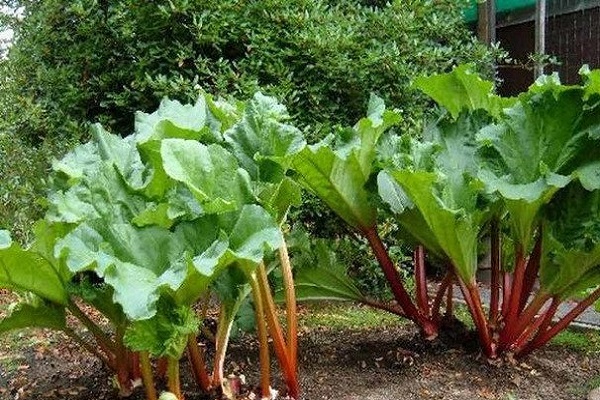
Valentine
The variety with such a poetic name belongs to the perennial genus, and also has a fast and confident growth on well-fertilized soil. Loves moisture, but does not tolerate stagnant water. The height of an adult plant reaches 1 meter. He is not afraid of frosts down to minus 30 ºС - the most suitable species for Siberia and the Urals.
It is somewhat capricious, since it is sensitive to light: it grows more slowly in the shade, but, in general, does not require constant lighting of the garden or placing it on the sunny side. Most wavy rhubarb of this variety needs feeding, constant introduction of complex mineral fertilizers.

Finally
In order not to "get lost" in the varieties of plant forms, it is necessary to clearly understand for what purposes it will be grown. Ornamental varieties are easy to recognize - they have bright inflorescences, the height of some bushes reaches up to 4 meters.
Cultural, for human consumption, are distinguished by a fixed length of cuttings (usually no more than 70 centimeters), as well as taste: a characteristic sour (sometimes slightly sweet) note. There are also special types for compotes, jams, jellies and jelly - they give tender, very spicy petioles with juicy pulp.
It is necessary to remember about some of the subtleties associated with growing rhubarb on the site:
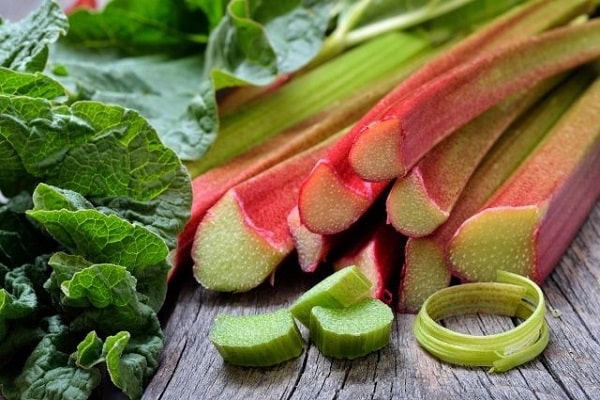
- The plant is best placed in a sunny or partial shade area, on well-fertilized soil. Feeding rhubarb produced by rotted humus, after the snow melts (in early spring) - this period allows you to avoid premature flowering under the influence of nitrogen contained in the manure. In autumn, mulching is allowed, the use of compost (other organic matter).
- When the mulch is poured, in no case do they touch the leaves, this rule applies in the spring (covering the plant in winter, on the contrary, helps to keep it intact and safe).
- Flower arrows should be mercilessly removed, as their development halts the growth of cuttings (harvest). For decorative varieties, the condition is optional.
- Collecting fruits (leaves with stems) begins at 2 years of age, and then little by little. Complete exposure is not allowed, cuttings should be cut off carefully so as not to injure the bush. It is better not to wait for their full growth and development of thickness, but to evenly collect about half of all the stems at a time.

